The F-35 Lightning II: Redefining Modern Air Warfare
The F-35 Lightning II, developed by Lockheed Martin, is more than just a fighter jet; it represents a quantum leap in aviation technology and multi-role combat capabilities. As a fifth-generation stealth fighter, the F-35 is designed to perform a wide array of missions, ensuring air dominance, intelligence gathering, and ground support. This blog explores the revolutionary aspects of the F-35, its operational prowess, and its significance in modern air warfare.
A Technological Marvel
The F-35 Lightning II is a marvel of modern engineering, integrating cutting-edge technology to provide unmatched capabilities. It comes in three variants: the F-35A for conventional takeoff and landing (CTOL), the F-35B for short takeoff and vertical landing (STOVL), and the F-35C for aircraft carrier operations (CATOBAR). Each variant is tailored to meet the specific needs of the U.S. Air Force, Marine Corps, and Navy, as well as allied nations.
-
Stealth and Survivability: One of the F-35’s most significant features is its stealth technology. The aircraft’s design minimizes radar cross-section, making it difficult for enemy radar to detect and track. This stealth capability allows the F-35 to penetrate advanced anti-aircraft defenses and conduct missions with a high degree of survivability.
-
Advanced Avionics: The F-35 is equipped with state-of-the-art avionics, including an advanced radar, electronic warfare systems, and a comprehensive sensor suite. The AN/APG-81 AESA radar provides superior tracking and targeting capabilities, while the Distributed Aperture System (DAS) offers 360-degree situational awareness. These systems enable the pilot to detect, track, and engage multiple targets simultaneously.
-
Network-Centric Warfare: The F-35 is designed to operate in a network-centric warfare environment. Its ability to share data with other aircraft, ground forces, and naval assets in real-time enhances battlefield awareness and coordination. This interoperability is crucial for modern combat operations, where information dominance can be a decisive factor.
-
Versatile Weaponry: The F-35 can carry a wide range of precision-guided munitions, including air-to-air missiles, air-to-ground missiles, and smart bombs. Its internal weapons bays preserve stealth characteristics, while external hardpoints allow for additional ordnance in less contested environments. The aircraft’s flexibility ensures it can perform air superiority, close air support, and interdiction missions effectively.
Operational Excellence
Since its introduction, the F-35 has demonstrated exceptional performance in various operational scenarios and joint exercises. Its versatility and advanced capabilities make it a force multiplier for any military force.
-
Combat Proven: The F-35 has been deployed in combat operations by the Israeli Air Force, showcasing its effectiveness in real-world missions. Its stealth and precision strike capabilities have proven invaluable in neutralizing high-value targets while minimizing collateral damage.
-
Global Reach: The F-35 program is a collaborative effort involving multiple countries, including the United States, the United Kingdom, Italy, the Netherlands, Australia, Norway, Denmark, and Canada. This global partnership ensures shared development costs and fosters interoperability among allied forces.
-
Training and Simulation: The F-35 program includes advanced training systems and simulators that provide realistic combat scenarios for pilots. These training tools ensure that pilots are well-prepared to leverage the full capabilities of the aircraft in actual combat situations.
Challenges and Criticisms
Despite its advanced capabilities, the F-35 program has faced several challenges and criticisms. Development delays, cost overruns, and technical issues have been persistent concerns. However, continuous improvements and upgrades are being implemented to address these challenges and enhance the aircraft’s performance.
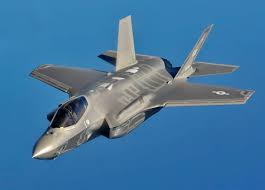
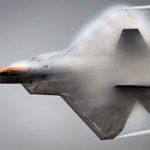
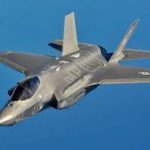
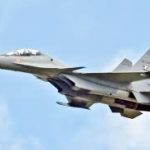
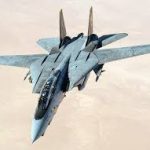
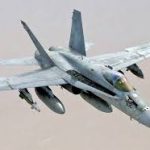
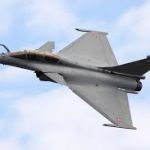
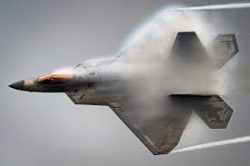





































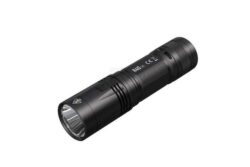














https://www.techrum.vn/members/prestigecityhyderabadi.244218/#about
http://www.usnetads.com/view/item-133054904-Prestige-City-Hyderabad-a-premier-integrated-residential-project.html#google_vignette
https://voz.vn/u/pcityhyderabadg.2002729/
https://toot.cat/@pcityhyderabads/112528277711077450
https://topsitenet.com/user/pcityhyderabads/
http://bluerevolutioncrowdfunding.crowdfundhq.com/users/prestige-city-hyderabad-prime
https://www.ourboox.com/i-am/prestige-city-hyderabad2/
https://www.rctech.net/forum/members/pcityhyderabadz-374827.html
https://game8.jp/users/229810